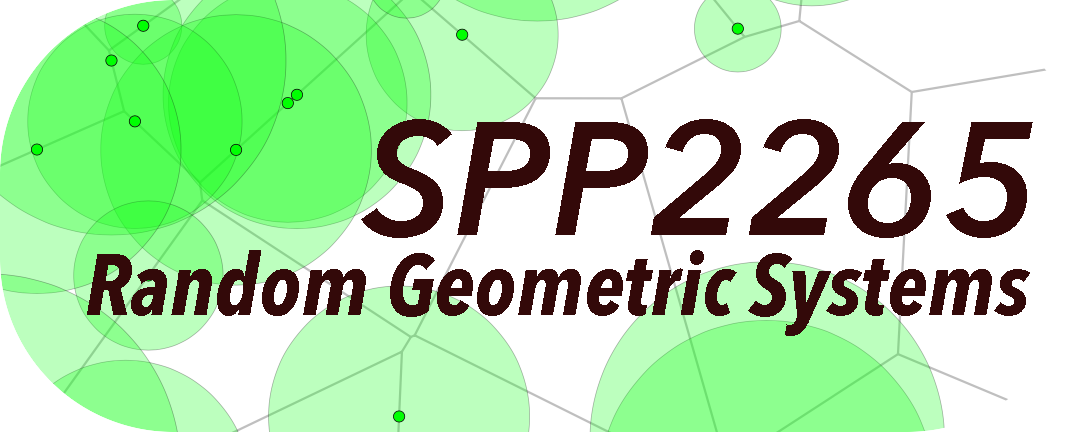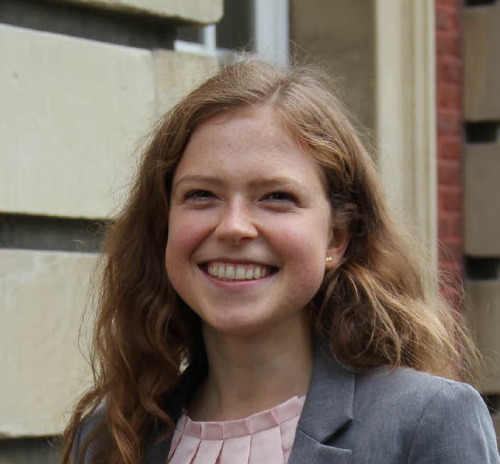Phase transitions in random loop models
Description Phase 1
Random loop models are statistical mechanics systems whose realisations are closed trajectories living in a higher dimensional space. They attract interest for many different reasons, for example their rich and intriguing phenomenology — which strongly depends on the properties of the underlying space — and their close connections to quantum and classical physically- relevant statistical mechanics models, of which they are often an alternative formulation. This proposal considers an important class of loop models in discrete space. This class includes the model of lattice permutations, which plays a central role in our research program. Lattice permutations are a relatively new model in mathematical statistical mechanics and attract interest from a wide range of perspectives. These include their connections to the quantum Bose gas, which is one of the most important and unsolved statistical mechanics models, and to the loop O(N) model, which has been attracting increasing interest in the probability and mathematical physics community in the last few years.
We aim at making fundamental progress in understanding the most important and intriguing property of these systems, namely the phase transition phenomenon, describing the geometry and the size of the loops. This is a challenging task since few mathematical techniques for the rigorous study of phase transitions are known and lattice permutations are substantially different from classical models, such as spin systems and percolation; moreover the presence of hard-core constraints introduces long-range correlations which are a serious mathematical obstacle. Despite such difficulties, important progress has been made by the applicant recently by exploiting the properties of a new general framework, the random path model, which includes lattice permutations and many other models — most importantly loop representations of spin systems — as special cases. The description of such - apparently unrelated - models in a unique unifying framework allowed the reformulation of classical techniques which had been developed for spin systems into the language of random loops, for example reflection positivity. We aim at developing such techniques and connections further and at introducing new ingredients, proving the occurrence of macroscopic loops in lattice permutations in dimensions d > 2, extending our understanding of the phase transition phenomenon beyond the case of nearest-neighbour interactions, deriving more general sufficient conditions for the occurrence of a phase transition in spin systems, providing information on the size and the geometry of the loops in two dimensions.
Preprints/Publications
Alexandra Quitmann: A note on the monomer-dimer model (09/2023)
Nicolas Forien, Matteo Quattropani, Alexandra Quitmann, Lorenzo Taggi: Coexistence, enhancements and short loops in random walk loop soups (06/2023)
Antal A. Járai, Christian Mönch, Lorenzo Taggi: Law of Large Numbers for an elementary model of Self-organised Criticality (04/2023)
Markus Heydenreich, Lorenzo Taggi, Niccolo Torri: Prudent walk in dimension six and higher (10/2022)
Alexandra Quitmann, Lorenzo Taggi: Macroscopic loops in the 3d double dimer model (06/2022) published
Alexandra Quitmann, Lorenzo Taggi: Macroscopic loops in the Bose gas, Spin O(N) and related models (01/2022) published




